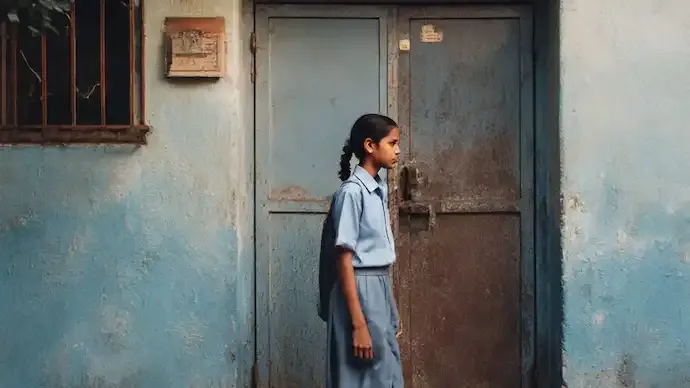Shopping cart
Your cart empty!
Terms of use dolor sit amet consectetur, adipisicing elit. Recusandae provident ullam aperiam quo ad non corrupti sit vel quam repellat ipsa quod sed, repellendus adipisci, ducimus ea modi odio assumenda.
Lorem ipsum dolor sit amet consectetur adipisicing elit. Sequi, cum esse possimus officiis amet ea voluptatibus libero! Dolorum assumenda esse, deserunt ipsum ad iusto! Praesentium error nobis tenetur at, quis nostrum facere excepturi architecto totam.
Lorem ipsum dolor sit amet consectetur adipisicing elit. Inventore, soluta alias eaque modi ipsum sint iusto fugiat vero velit rerum.
Sequi, cum esse possimus officiis amet ea voluptatibus libero! Dolorum assumenda esse, deserunt ipsum ad iusto! Praesentium error nobis tenetur at, quis nostrum facere excepturi architecto totam.
Lorem ipsum dolor sit amet consectetur adipisicing elit. Inventore, soluta alias eaque modi ipsum sint iusto fugiat vero velit rerum.
Dolor sit amet consectetur adipisicing elit. Sequi, cum esse possimus officiis amet ea voluptatibus libero! Dolorum assumenda esse, deserunt ipsum ad iusto! Praesentium error nobis tenetur at, quis nostrum facere excepturi architecto totam.
Lorem ipsum dolor sit amet consectetur adipisicing elit. Inventore, soluta alias eaque modi ipsum sint iusto fugiat vero velit rerum.
Sit amet consectetur adipisicing elit. Sequi, cum esse possimus officiis amet ea voluptatibus libero! Dolorum assumenda esse, deserunt ipsum ad iusto! Praesentium error nobis tenetur at, quis nostrum facere excepturi architecto totam.
Lorem ipsum dolor sit amet consectetur adipisicing elit. Inventore, soluta alias eaque modi ipsum sint iusto fugiat vero velit rerum.
Do you agree to our terms? Sign up

Teen school dropout rates in rural Uttar Pradesh have surged after the pandemic, revealing a widening education crisis. Economic hardship, early marriage, and mental health challenges are threatening adolescent learning continuity, especially in India’s rural belts.
When 15-year-old Riya Kumari stopped attending school in rural Uttar Pradesh, her teachers thought she was ill. A week became a month, until her father collected her transfer certificate. “She helps her mother and stitches blouses for money,” he said.
Riya is among the 13% of 15–16-year-olds in Uttar Pradesh who are not enrolled in school, according to ASER 2024 — a figure mirroring a national pattern of teenagers leaving classrooms prematurely.
Across India, dropout rates hover between 9% and 12% at the secondary level, compared to less than 1% in primary grades, according to UDISE+ 2024–25.
COVID-19 didn’t just disrupt learning — it broke the bridge between childhood and adolescence. “We’ve recovered attendance, but not continuity,” says a Bihar school teacher.
When schools shut for over a year, millions of rural students lost touch with teachers. The ASER 2024 report found 8% of 15–16-year-olds out of school, higher than pre-pandemic levels. States like Assam, Bihar, and West Bengal saw steep increases.
Economic distress forced many teenagers into work — boys on farms or construction sites, girls in domestic labor or early marriage. Once earning begins, returning to school becomes rare.
While urban India debates AI learning and digital classrooms, rural regions are fighting a basic battle — keeping teens in school.
In drought-hit Marathwada, families pull children from school to support household income or marry off daughters early. NFHS-5 data shows early marriage causes 7% of female dropouts, while boys leave due to paid or unpaid work.
Even where tuition is free, hidden costs like travel, uniforms, and exam fees burden families earning below ₹10,000 a month.
A recent report highlighted a teen dropout who now earns ₹72 lakh annually on YouTube — reflecting how digital platforms attract youth seeking quick success. Experts warn this digital migration could mirror older dropout trends, trading education for short-term online gains.
“These kids gain quick skills but lose long-term learning,” says an education researcher.
Mental health rarely features in dropout surveys, yet it drives many exits. Counsellors report rising anxiety, burnout, and disengagement among teens post-pandemic.
“Some children simply shut down,” says a Delhi school counsellor. “We don’t call it depression, but it is.”
Despite NEP 2020 calling for well-being programs, few government schools have trained counsellors.
While India celebrates 99% primary enrolment, retention at secondary levels remains fragile. Students repeat grades or drop out due to financial, emotional, or systemic gaps.
Experts caution that official dropout rates understate reality — many “invisible” children are missed between surveys. Schemes like Samagra Shiksha Abhiyan help, but without teacher engagement and local outreach, progress remains fragile.
Grassroots NGOs are rebuilding bridges for dropouts. In Maharashtra, Pratham’s “Bridge to School” program helps adolescents return through flexible, skill-integrated learning.
Yet, once a teen starts earning or marries, re-enrolment becomes nearly impossible. “Once they step away, the bridge collapses,” says a social worker in Aurangabad.
India’s education success story hides an uncomfortable truth — adolescent dropouts are the silent crisis. The ASER 2024 report warns, “Attendance has rebounded, but learning continuity remains uncertain.”
Riya, now 16, says she misses school. “My friends are in Class 10 now. Maybe I’ll join next year.” But for millions like her, “next year” may never come unless the system acts now.
16
Published: Oct 17, 2025